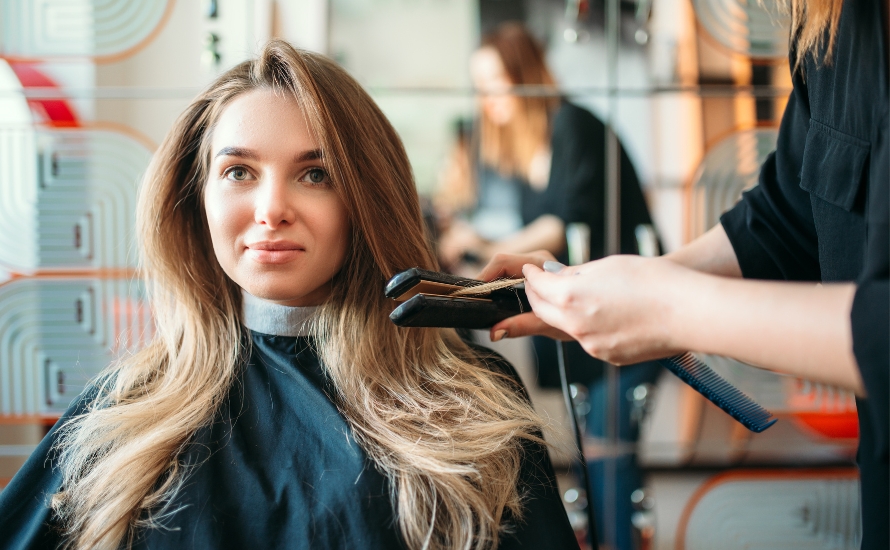
Updating your hairstyles is a wonderful place to start if you want to update your overall appearance. Should you have a dramatic hair color? This is the stage where you get to pick from a wide range of salon hair services. Get a large chop, if necessary. Would smoothing procedures be a better option?
If you have frizzy or naturally curly with a lot of frizzy strands, there is one excellent choice for you: hair rebounding. This will help you limit back your possibilities. Rebounding, though, is it truly benefiting you? Learn more about rebounded hair in the following paragraphs, including what it is, how it affects your hair, and how to properly care for it.
Hair Straightening
Since the 1890s, people have been flattening and straightening their hair to create it a sleek, straight, and silky appearance. This hair styling technique is known as hair straightening. Black men and women of all races began to use it frequently in the 1950s. A hair straightener or hot comb, chemical softeners, Brazilian or Japanese hair smoothing, roller sets, or blow-dryer style can all be used to achieve this look. Moreover, various conditioners, gels, and shampoos can assist in temporarily straightening hair.
Permanent Hair Straightening
Despite the fact that fresh hair development is unaffected, relaxers and other techniques permanently alter the molecular makeup of the hair. According to reports, the medication interferon alpha has been demonstrated to alter hair follicles, changing a person's hair texture permanently.
Permanent hair treatment at home for straightening come in a variety of forms. Today's primary techniques include:
Hair Rebounding
Rebounding is a cosmetic procedure used in salons to make you straighter hair by changing the natural texture of your hair through the use of agents and heat. To create a new hair texture that is smooth, silky, and shining, this process involves severing the organic links that hold your hair together and restructuring them.
So, hair rebounding can genuinely improve your appearance by providing you pin-straight hair, no matter how curly, curly, unruly, or frizzy your hair is! Remember that the length and texture of your hair will determine how long the rebounding procedure will take; it might range from 3 to 8 hours. But, if you want your hair to be permanently straight for the next 6 to 7 months or even longer (depending on your aftercare), 3 to 8 hours of sitting and lounging in the salon are absolutely worth it. There are several salons that provide salon services at home for hair straightening.
Keratin Treatment
A coating of keratin is applied to the hair in the Brazilian or keratin treatment, and then a hot flat iron is used to style the hair. The keratin procedure is said to be safe for hair because it utilizes the natural specific protein in hair strands and is appropriate for the majority of hair issues. The process makes the hair straighter, smoother, and shinier. Approximately six months after the procedure, the texture gradually returns to its natural state.
Japanese Hair Straightening
This method uses both heat and chemicals. So, yes, you should definitely have a full conversation before making a decision. The Japanese Straighteners process, which was first developed in Japan as a smoothing and conditioning treatment, encourages a long-lasting modification to the structure of the hair. By straightening the tissue, the hair's cysteine protein bond is released and reformed during this process. In this technique, a chemical is used for 15 to 20 minutes to disrupt the bindings of the hair. After that, the hair is heated to a very high temperature to reconstruct the strands into a straighter kind.

